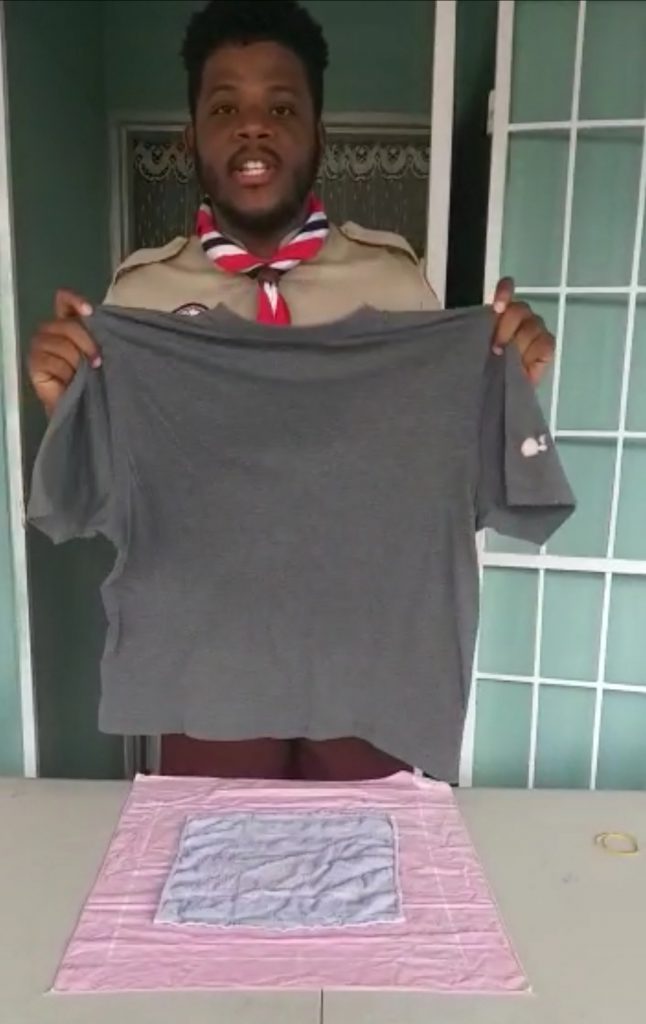Show Your Scout Skills

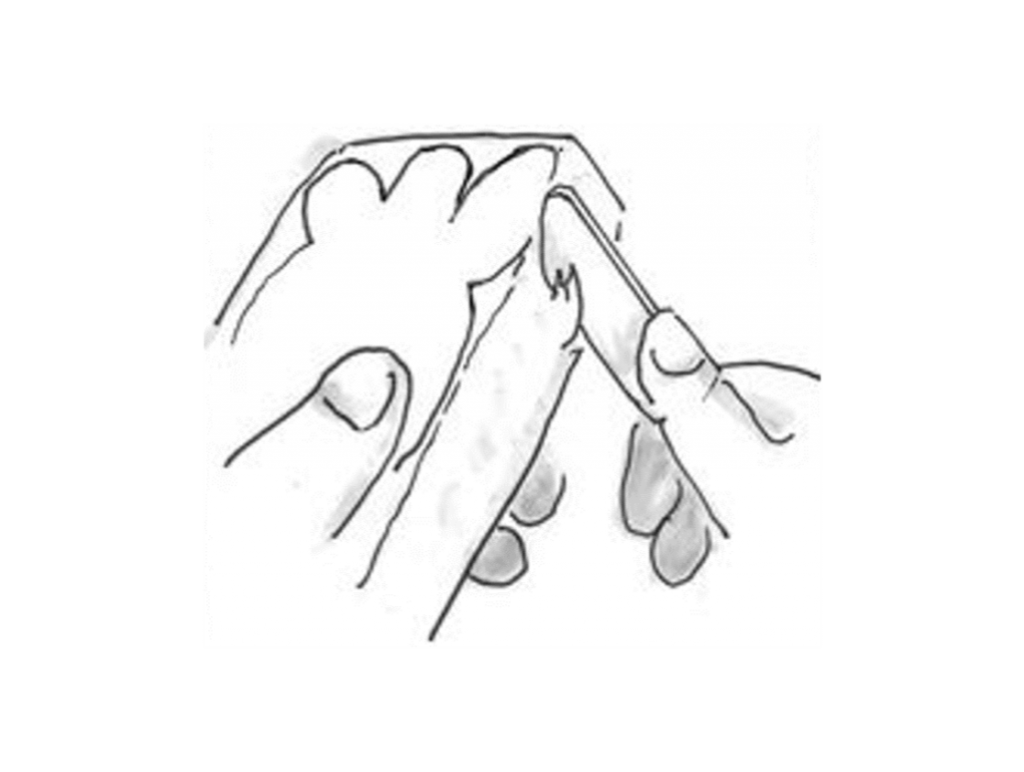
What is Soap Carving?
You may have seen soap carving videos pop up on your feed or seen articles featuring beautiful, delicate soap carving sculptures from time to time.
Just what is it, though?
Soap carving is, well, the act of carving a bar of soap, though it can be much more complex than it seems. Soap carving is an art that anyone can learn.
It can be an amazing activity for children but it can also be a gateway to creating amazing sculptures and getting in touch with your artistic side.
It can also be a way to help clear your mind and reduce stress. – www.soapcarving.org
Safely Carving Soap for Soap Sculptures
1. Scrape lettering from one side of soap, removing only enough to reveal a smooth even surface.
2. Allow soap to dry for about an hour before starting in to work.
3. Trace design on soap.
Designs can be imprinted onto soap using the pinprick method or with a pencil or pointed tool, draw design directly on soap.
Place a cake of soap on a piece of paper and draw outline of soap on paper. Draw design on paper, within the penciled outline. Trace drawing on soap.
4. Rough out design by cutting away small pieces at a time, within 1/4 ” of the outline.
5. Proceed slowly. Round out figure, turning project as you work. Work in details.
6. Polish by rubbing.
Soap Carving Tools
A very large number of items can be used as soap carving tools. Soap is a soft and easy to manipulate material, so even plastic knives can carve it. If you are introducing small children to soap carving, using plastic knives is a good idea.
Ivory Soap, Pencil or Markers, Straight Pins, Paper, Newspapers, Paints and brushes, Plastic, butter or whittling knives.
See more here: https://www.wikihow.com/Make-a-Soap-Carving


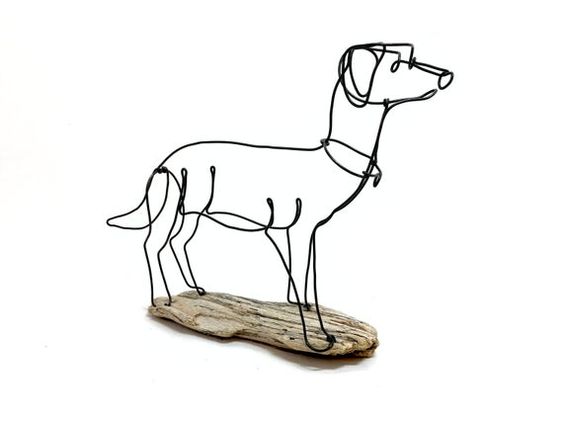
What is Wire Sculpting?
Wire has many uses in art. You can even use it to make wire sculpture art, art in which three-dimensional forms are shaped or assembled from wire or wire mesh.
Just what is it, though?
Using wire in art isn’t new. In fact, thousands of years ago, the Egyptians used wire to make jewelry.
Wire is a very versatile medium for artwork. It can be braided, twisted, tied, wrapped, wound around other wires, or woven into a loose or tight mesh.
Sculptors use it to create small, delicate works or large installations that can take up whole rooms. Some artists also make wire sculptures for outdoor spaces.
One of the easiest ways to make a wire sculpture is to create an outline of an object. Wire has a very linear quality that can give the impression of a pencil or pen drawing translated into three dimensions.
Wire Sculpture Process
- Before you start, you’ll need some reference images. Pick interesting pictures that have a recognizable form – silhouettes and line drawings are an excellent place to start. You can even turn your favorite word into wire art
- Decide which wire best suits your sculpture. Wire comes in many different varieties, both in terms of the material it’s made of and its thickness, which is commonly referred to as the “gauge” of the wire. Larger and heavier centerpieces will require a thicker gauge of wire.
- When you start, stick your wire down. As you follow the form and lay the wire down over your picture, stick it down
- Bend and shape the wire using your hands or pliers. It is important to remember that you should use a pair of pliers to cut the wire and not a knife or pair of scissors. You should always ensure that you practice safe cutting and wear protective eye wear during your process.
- Display your finished work by mounting it on a piece of wood or stiff cardboard.
Wire Sculpting Tools:
Eye protection, Felt-tip pen, Flat-nose pliers, Penknife Round-nose pliers, Ruler, Tape Wire cutter, Wire of your choice
A large number of types of wire can be used for wire sculpture. Consider using copper wire for your first wire sculpture. Copper has a lovely color that compliments many different kinds of centerpiece.
Check the following for tips and ideas:

Look out for videos on ScoutsTT’s social media showing activities that you can do at home without much effort.
Earn points to win! Like and share the challenge posted from our page (1pt); Tag 5 friends to get involved (1pt); Post your own video completing the challenge (3pts); and get likes/comments under your post (1pt each).
Instagram: Post to your profile and tag us @ScoutsTT
Facebook: Comment with your video under ScoutsTT’s post
Challenge #9: Virtual One Mile

Now that restrictions on gathering have been lifted, we are in the middle of preparing to host our first annual 5k. To get you ready to be outdoors we’re going to start things off virtually.
For this activity all we want you to do is a 1 mile run or walk.
Here’s what to do.
- Decide if you’re going to walk or run your mile Select your activity tracker. You can use Garmin, Strava, Runtastic or Runkeeper.
- Choose a location for your run. Your local track, field or the roadway.
- Lace those shoes up start your activity tracker and walk or run.
- When you’re finished take a screenshot of your activity and post it to our account on Facebook or Instagram with the hashtags #scoutsttvirtual1mile #irunforScoutsTT #liveoutdoors
- Activity closes on Saturday 20th June 12 midnight. So let’s get going.
Be sure to check our race results online to see how you measured up with others.
Don’t forget the person with the fastest time posted for running or walking their mile gets free registration to our upcoming ScoutsTT 5k Race. Further details about the race will be released closer to the end of the stay at home period.
Challenge #8: Paper Planes
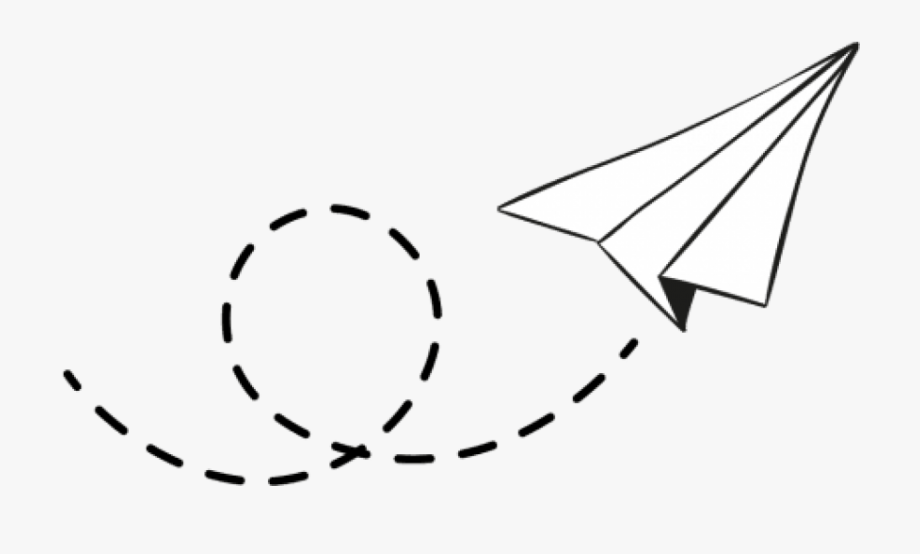
Create and fly three different types of paper planes. Before launching them, record which one you believe will travel furthest and what property of the plane leads you to make that prediction.
We all probably know how to make the “basic dart” plane but check out these websites for some cool designs:
Challenge #7: Tie 3 Knots in 1 Minute

Challenge #6: Tie a Monkey Fist
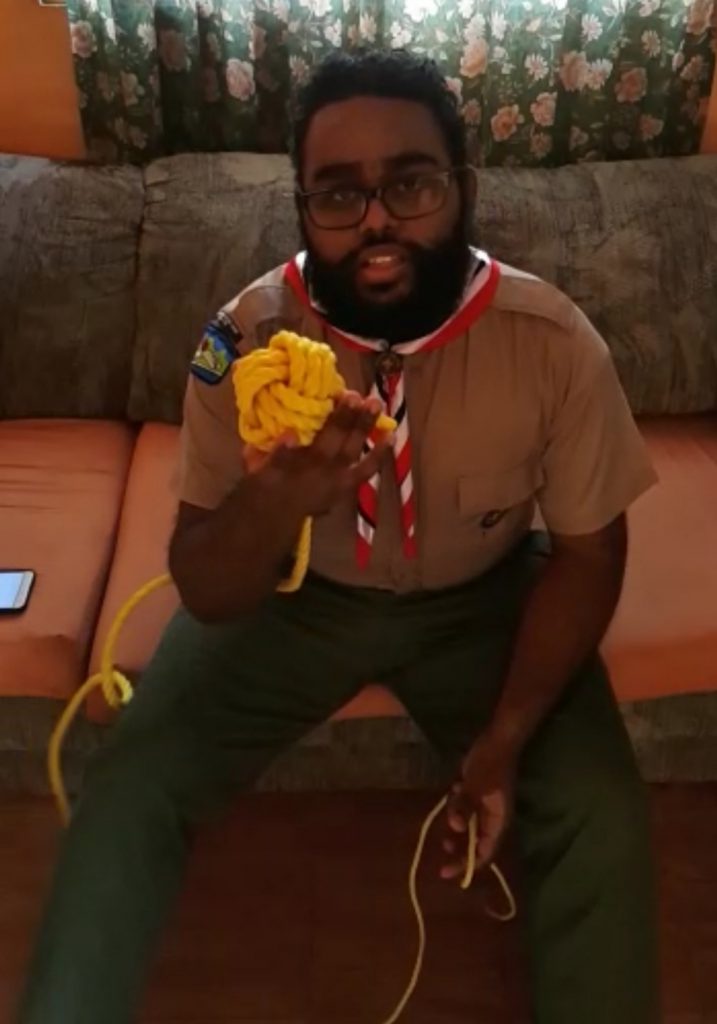
Challenge #5: Play the African Drum
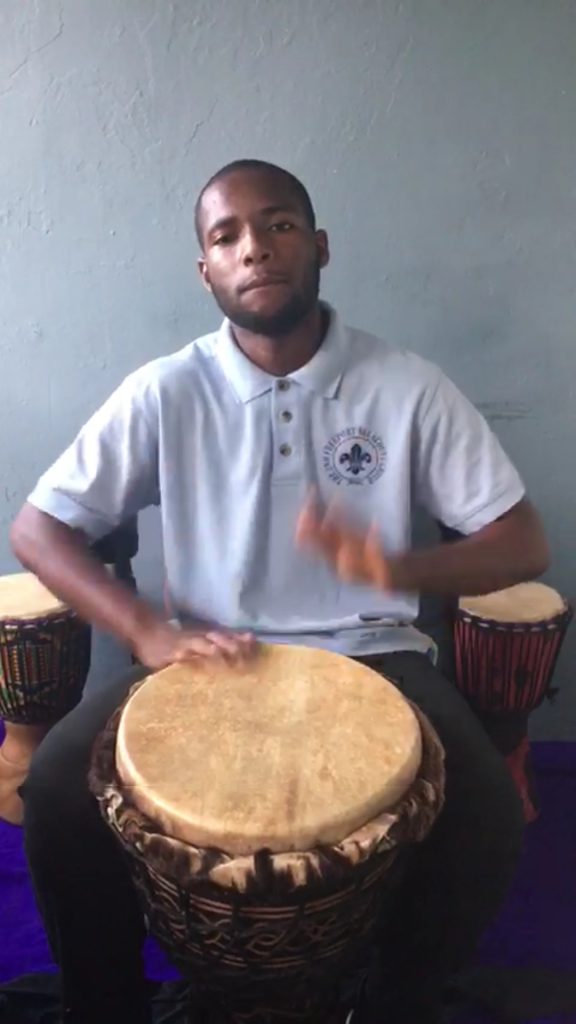
Challenge #4: So You Think You Can Dance?
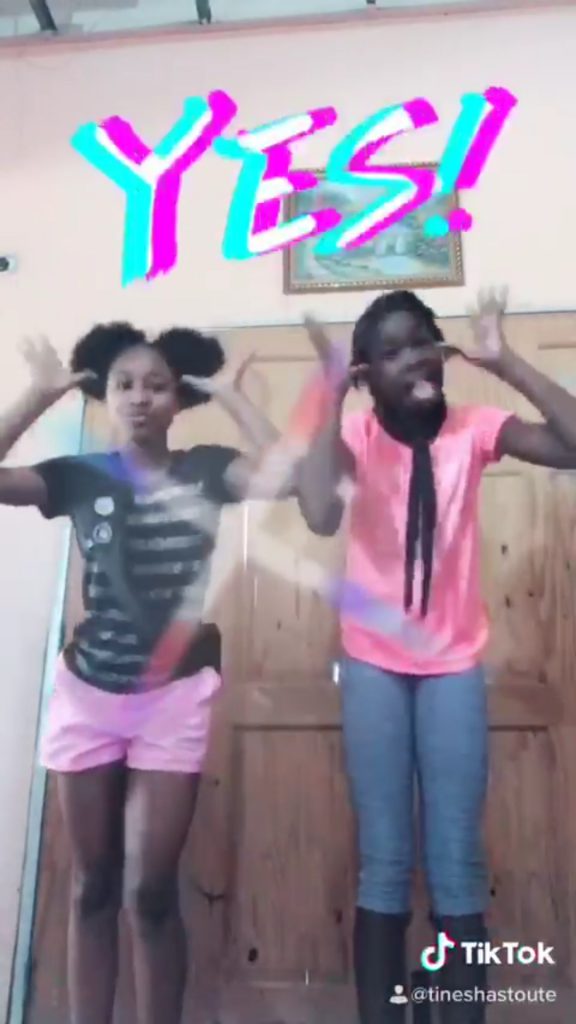
Challenge #3: Cub Scout Science Scavenger Hunt
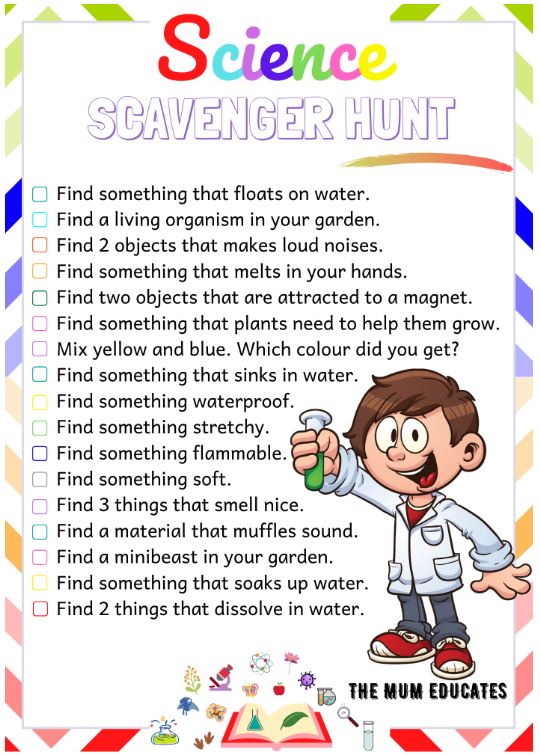
Challenge #2: Knot Tying
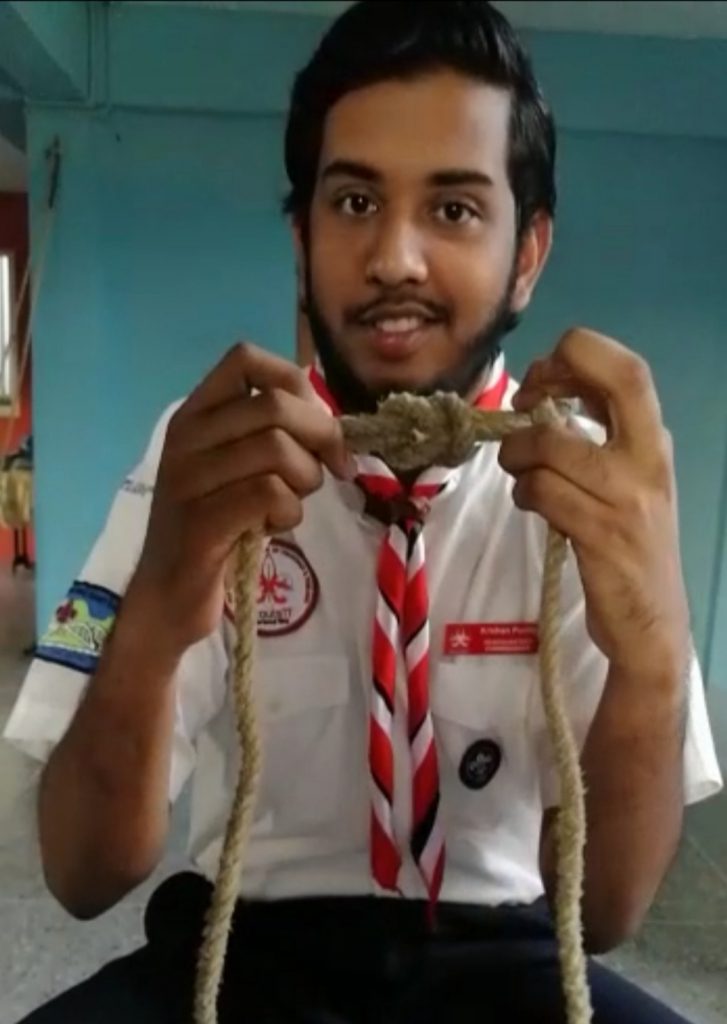
Challenge #1: Turn at-home materials into a mask
